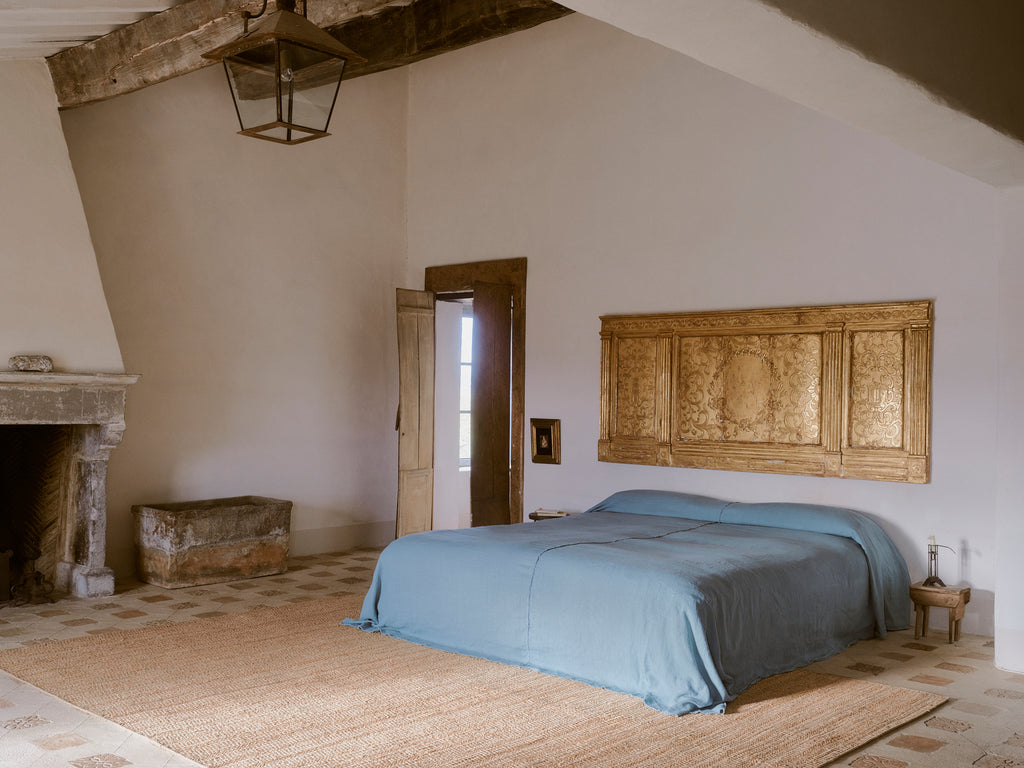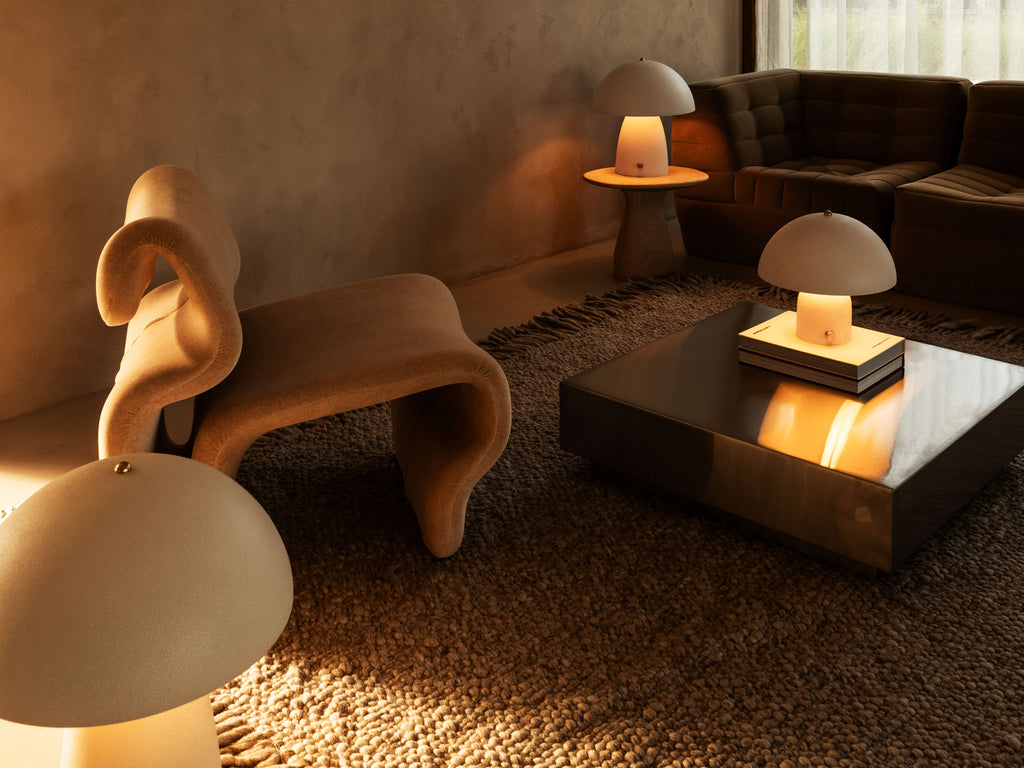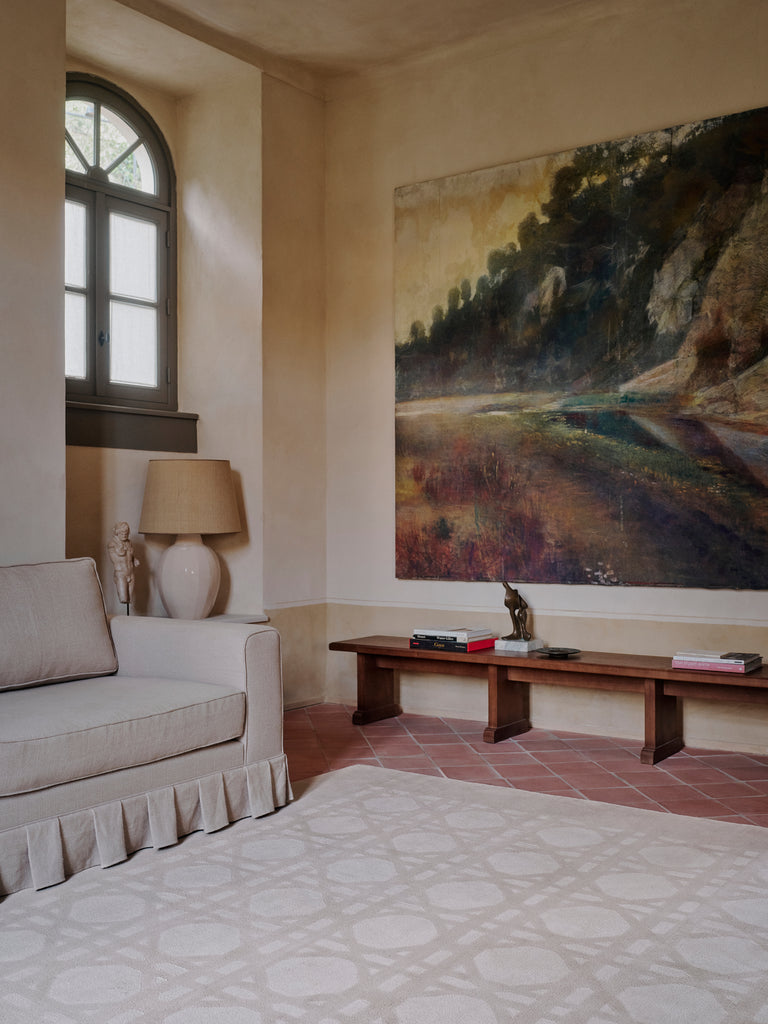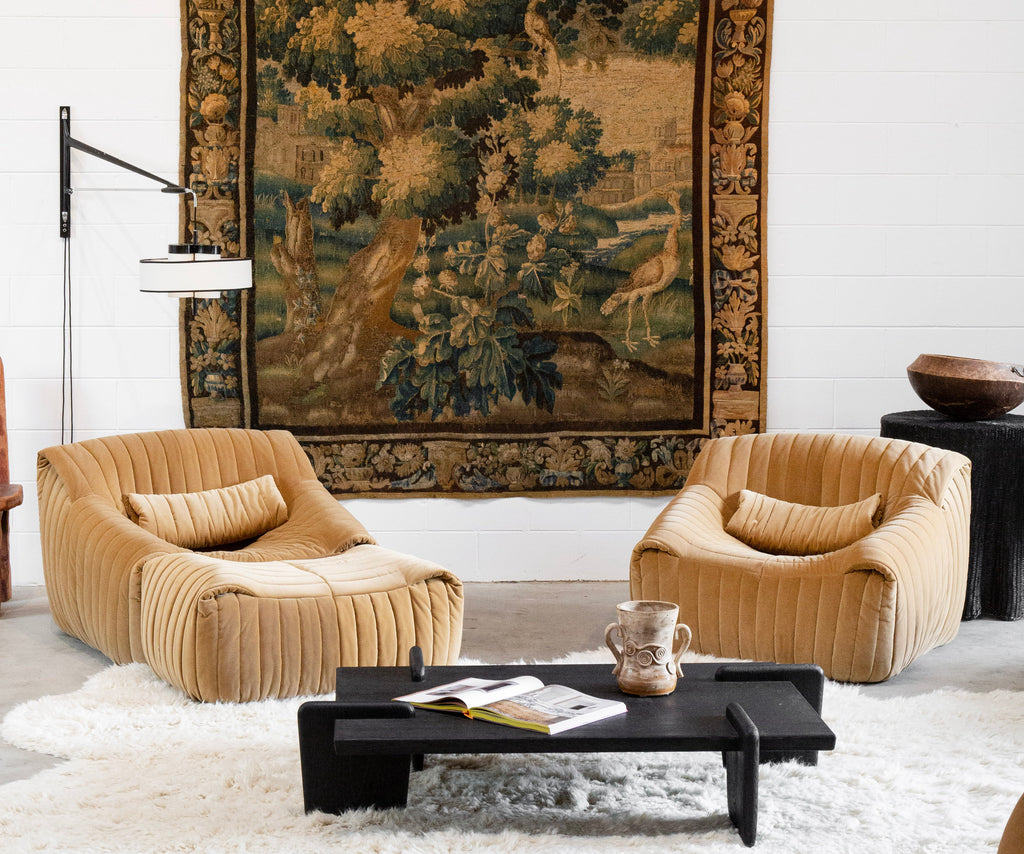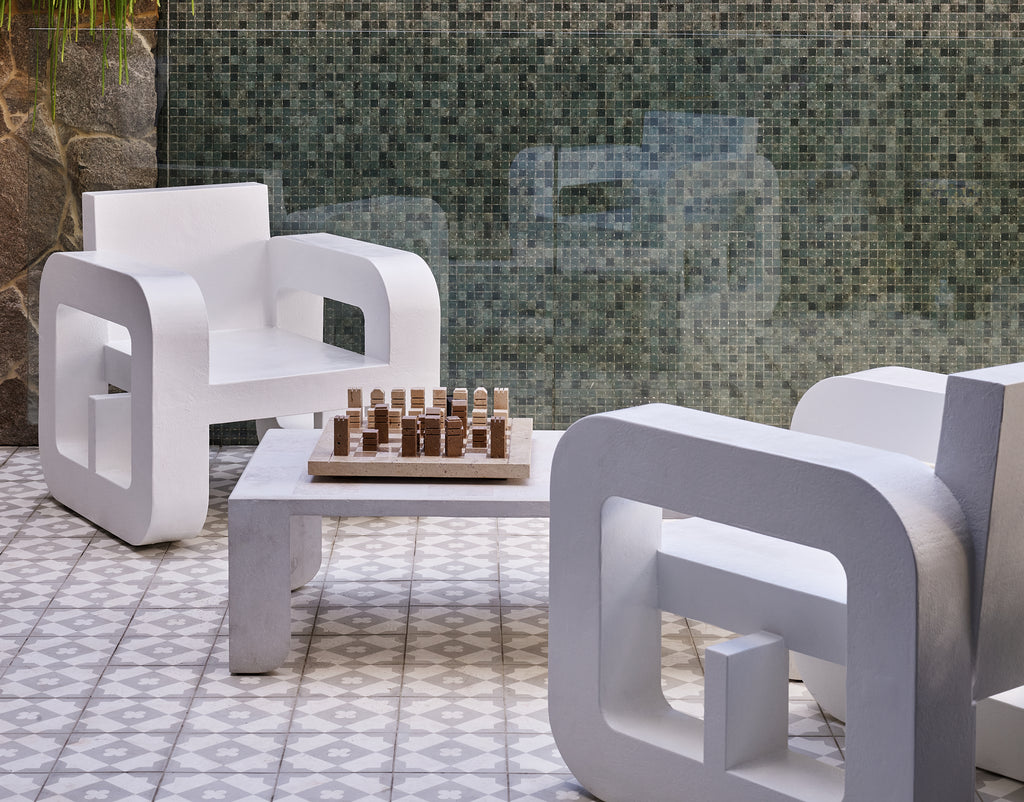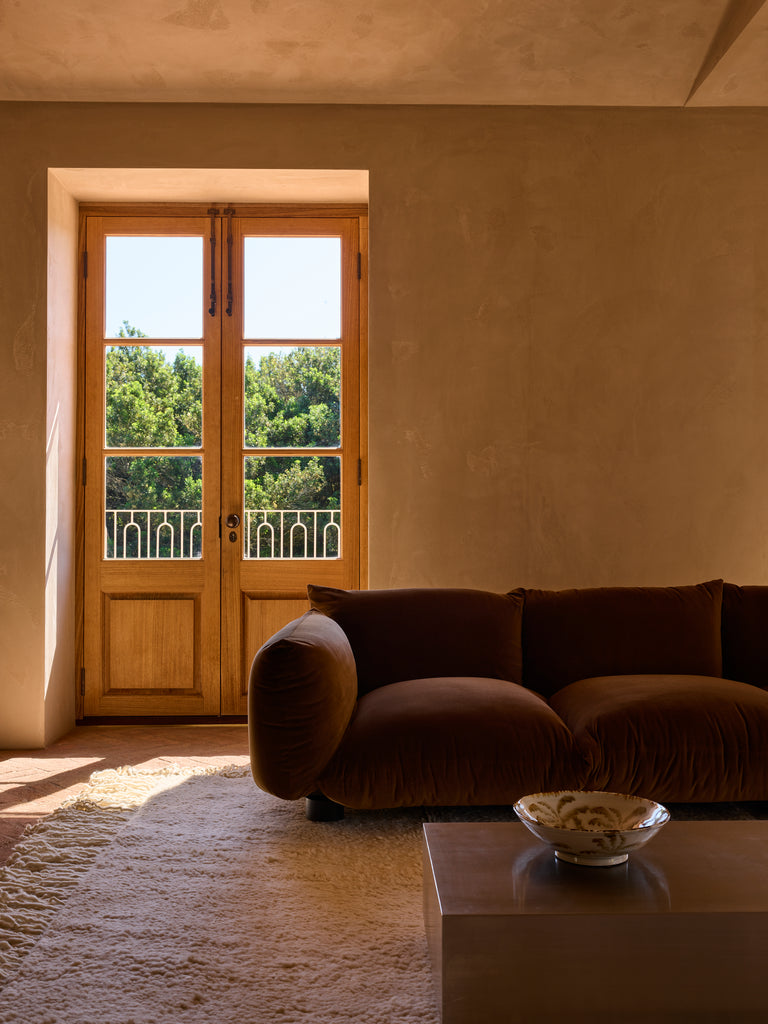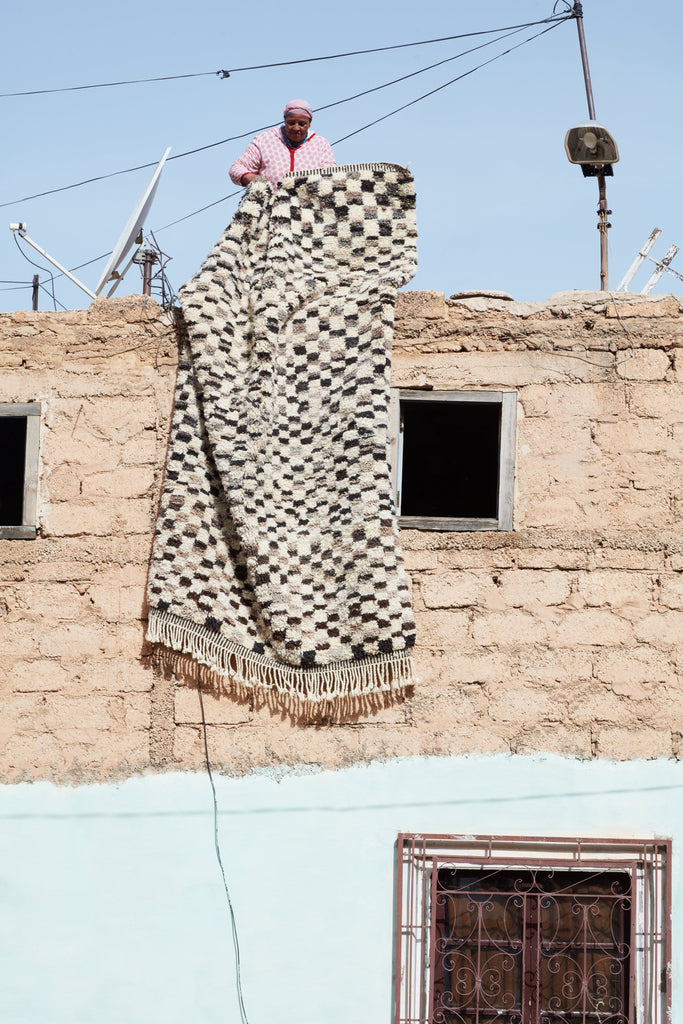
Coup de Coeur
Jean Cocteau's 'la villa tatouée'













“I didn’t have to dress the walls. I had to paint on their skin. That’s why I treated the frescoes linearly, with few colours that enhanced the tattoos. Santo Sospir is a tattooed villa.” – Jean Cocteau
Built soon after the second world war, the legend of Santo Sospir begins under the gaze of its soon to be owners, Francine and Alex Weisweillers who first saw the house as they sailed around the peninsula Cap-Ferrat.
This haute-bohemian villa became the dream home for socialite Francine who mostly lived in the villa alone, till a chance encounter with filmmaker and artist Jean Cocteau saw her inviting him to the villa for the week, only to have him stay over the next 12 years.
An avid creator, Cocteau grew restless in this leisurely lifestyle and asked his hostess if he could begin his first project on the house - starting first with the fireplace in the living room, where he created his first mural, Apollo the Greek god of music, poetry, and art. Francine, along with his friends Matisse and Picasso encouraged him to continue drawing and to decorate more of the house, in just seven days the entire house was adorned with his naïve style of paintings, that he referred to as tattoos, “I didn’t have to dress the walls. I had to paint on their skin. That’s why I treated the frescoes linearly, with few colours that enhanced the tattoos. Santo Sospir is a tattooed villa.”
Painted in charcoal and bespoke pigments mixed with raw milk, he decorated the entire building without sketches, sometimes not moving the furniture, instead skipping obstacles by painting around it or on top of it. With no constraints and a blank canvas - he painted murals of Greek Mythology & Mediterranean influence, and a psychedelic fantasia of gods, satyrs, and unicorns that became the watchful guardians in each room of the villa. Inspired by the sapphire waters and the rocky outcrops in the landscape, that reminded him of the Aegean.
In Francine’s room a handsome shepherd rests over her bed, allowing pleasant dreams to come to her. He decorated ceilings and created two mosaics for the patio, one assumed to be Castor and Pollux symbolizing hospitality, the other a faun, as mythology plays a vehement source of inspiration throughout.
Another masterpiece is an intricate tapestry that hangs in the dining room. Designed by Cocteau, it represents the biblical story of Judith and Holoferness and was made on the legendary Aubusson tapestry manufacture taking five years to complete. His works transformed the villa from bourgeois beach house, into a salon of elevated thinking and creativity – that was cherished wholly by their friends and associates that visited, Henri Matisse, Gianni and Marella Agnelli, Marlene Dietrich, Coco Chanel, Alexander Calder, Pablo Picasso, Greta Garbo and Yves Saint Laurent.
In 1952 Cocteau even created a 35min montage film about the estate, that through his hypnotic narration provided more of an insight into his artworks. He once quoted, “When I was working at Santa Sospir, I became a wall myself and these walls spoke for me.”
Despite their warm and lengthy friendship, eventually Cocteau and Weisweillers companionship grew cold – forcing Cocteau to move from the house. By then, the painting, his manifesto - was complete. In Villa Santo Sospir, Cocteau reached his ultimate ideal of art, one that existed between decoration and dream.
The house is now listed as a Monument Historique, owned and lovingly restored by the Melia Family, who work to preserve the memory of the mansion and its legendary guests.
_______
Photography — Filippo Bamberghi & Villa Santo Sospir
Interior Art — Jean Cocteau
Location — Rio De Janeiro


